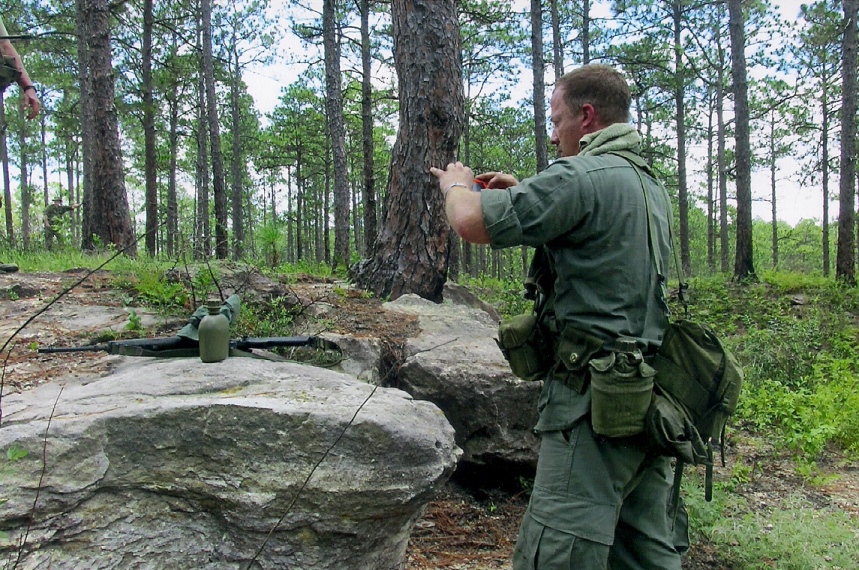THE BIG ROCK HILL
BY RICKEY ROBERTSON
The Kisatchie National Forest is such a place of beauty. Throughout this beautiful forest there are stands of magnificent pine and hardwood trees, rock hills and canyons, hills and hollows, creeks and streams, and many beautiful and peaceful sights. As you travel through the forest you see all types of wildlife, birds, and plants that make their home there. At Kisatchie, the "west pasture" as it once was called is known today as the "Horse's Head Area," because on a map it looks exactly like the head of a horse. And this is an area filled with history! But when did this history develop?
Beginning in 1963 the U.S. Army designated Ft. Polk, LA as its premier infantry training base. The military could see our full involvement in Vietnam and Southeast Asia getting closer each day. Advisors and Special Forces had already been sent to assist the Army of the Republic of South Vietnam (ARVN) as it battled Viet Cong insurgents, North Vietnamese Army regulars, and corruption within its own ranks. By 1965 the United States had entered fully into Vietnam with thousands of troops on the ground and more coming in each month. Ft. Polk began to put out more trainees each month and by 1966 it was filled with Vietnamese Villages and an area known as Tigerland was born. Every trainee was challenged to match the tiger's capability to fight and win. Trainees went through training at Ft. Polk, at Tiger Ridge on Peason Ridge, and by 1968 villages and the Army opened a new area for training in the Horse's Head Area of the Kisatchie National Forest thirty miles north of the main post. And no there were no barracks in this location, just timberland filled with creeks and thickets and Vietnamese villages where these trainees would bivouac and live in the field and learn the art of jungle combat.
In the heart of this vast training area was a special place, and even today it is special. One of the main areas where the troops learned the art of setting up defensive positions, patrolling, setting up ambushes, and setting up observation posts (OPs) and listening posts (LPs) was the Big Rock Hill. Sticking up from the landscape is this tall gently sloping rock strewn hill with a flat plateau on top on it. All around the edge of this big hill in among the rocks the trainees set up foxholes, M-60 machine gun nests and bunkers and fighting positions of all sorts. A long trail went down the back of the hill to another smaller rock knob where observations posts were set up to observe enemy movements around the hill and the surrounding valleys and trails. And down a hundred or so yards listening posts were set up that could advise the unit commander of any enemy activity in the area. A hill used by literally thousands and thousands of Tigerland trainees until the Peace Accords were signed in late 1972 by the United States and North Vietnam, with the last of the training in the area being in 1972-1974.
But go forward fifty years and let's look at the Big Rock Hill again. Still sitting in peaceful silence, used by hunters and campers for many years, and again "limited use" by the US Army, and once per year the "Tactical at Tigerland" event where veterans and re-enactors come and relive the days of this training. Something special at the Rock Hill helps us to remember the days of the Vietnam training. On the top of the rock plateau and along the edges of the hill among the rocks and old fighting positions are special reminders from those who came through here during the turbulent days of Vietnam. Scratched into the many rocks are initials, names, and dates left by those who trained here so many years ago. Every time I go to the Rock Hill it is a place of reverence that is almost sacred. As I look over these names, initials, and dates I can just picture a lonely, homesick GI taking an expended machine gun cartridge and scratching this everlasting information into a rock. I also think and read this information and wonder if the lonely soldier who left this information made it back safely from Vietnam or is his name also etched into the black marble of the Vietnam Memorial Wall in Washington, DC. A sobering thought at this peaceful and beautiful spot in the National Forest. After fifty years or so the markings have started to fade in some spots but others are still plain as day. But one thing about it, the Big Rock Hill continues to hold these memories for all who venture there to see and enjoy it. And remember the Tigers who trained throughout Tigerland who left their place in our hearts and in our history and on the rocks of the Big Rock Hill!
.jpg)
In 1966 the Vietnam training area at Ft. Polk was named Tigerland and every trainee was to fight and win like a tiger. This is the first sign denoting the new area. (Robertson Collection)
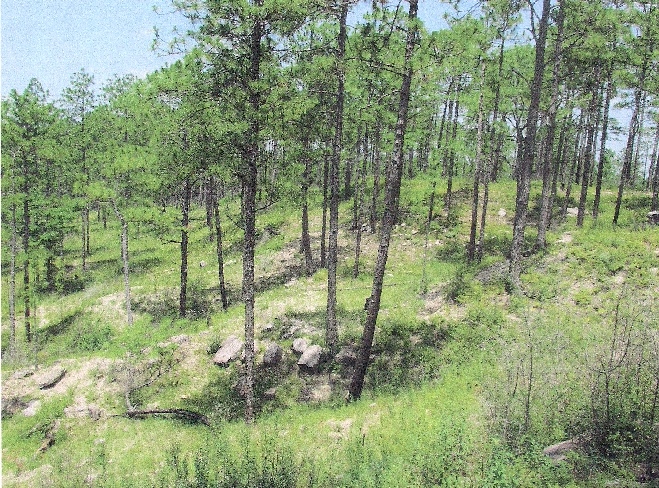
Looking up the slope to the top of the Big Rock Hill. The sides of the hill are dotted with old fighting positions from the Vietnam War. (Robertson Collection)
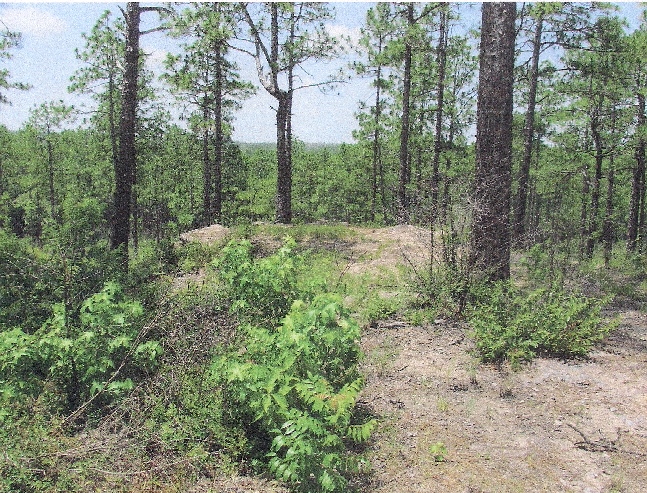
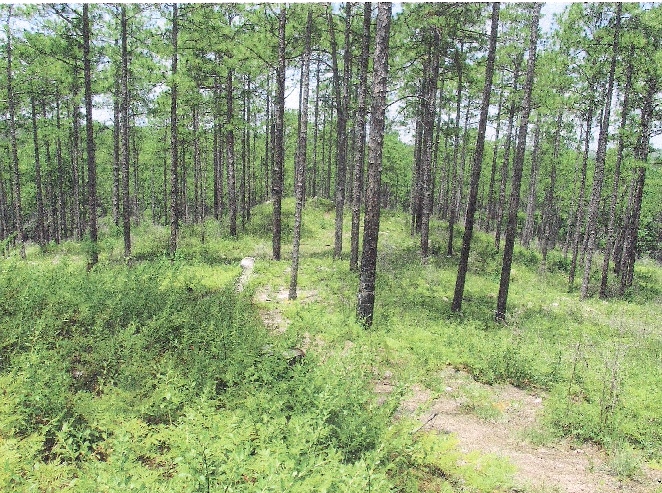
Looking down the back of the Rock Hill is the old trail leading to the location of the observation and listening post sites used during the Vietnam training in the area. (Robertson Collection)
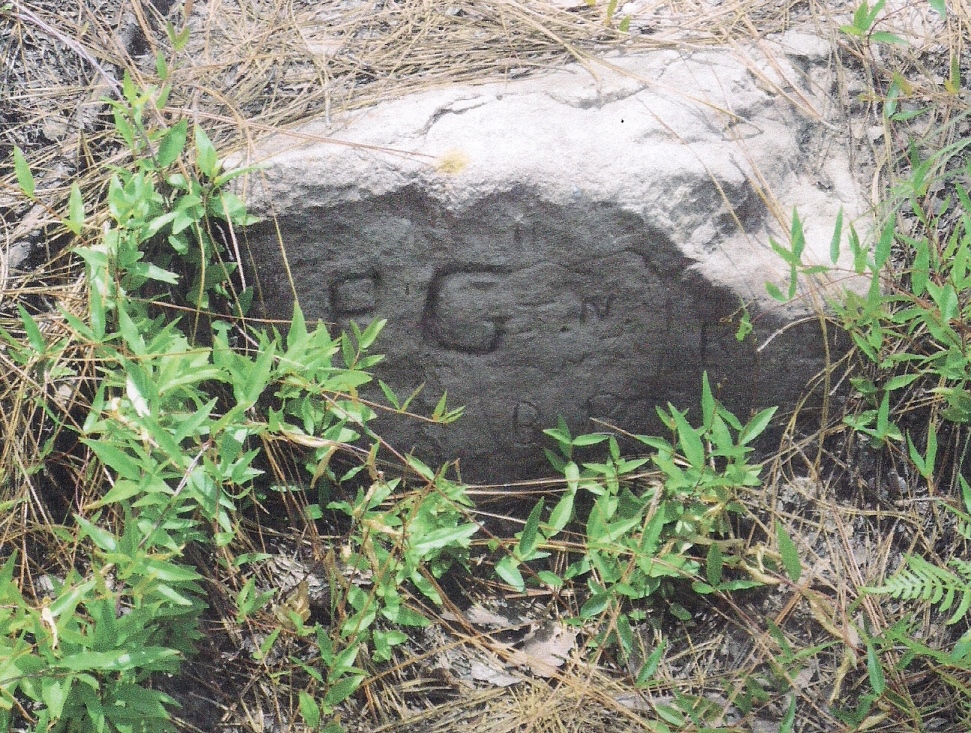
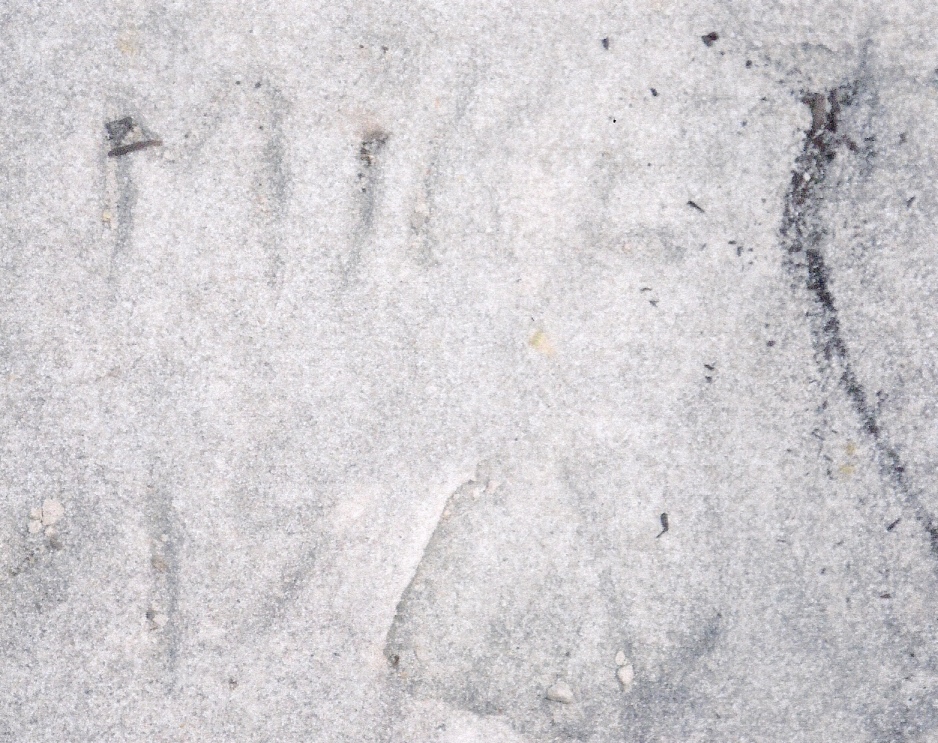
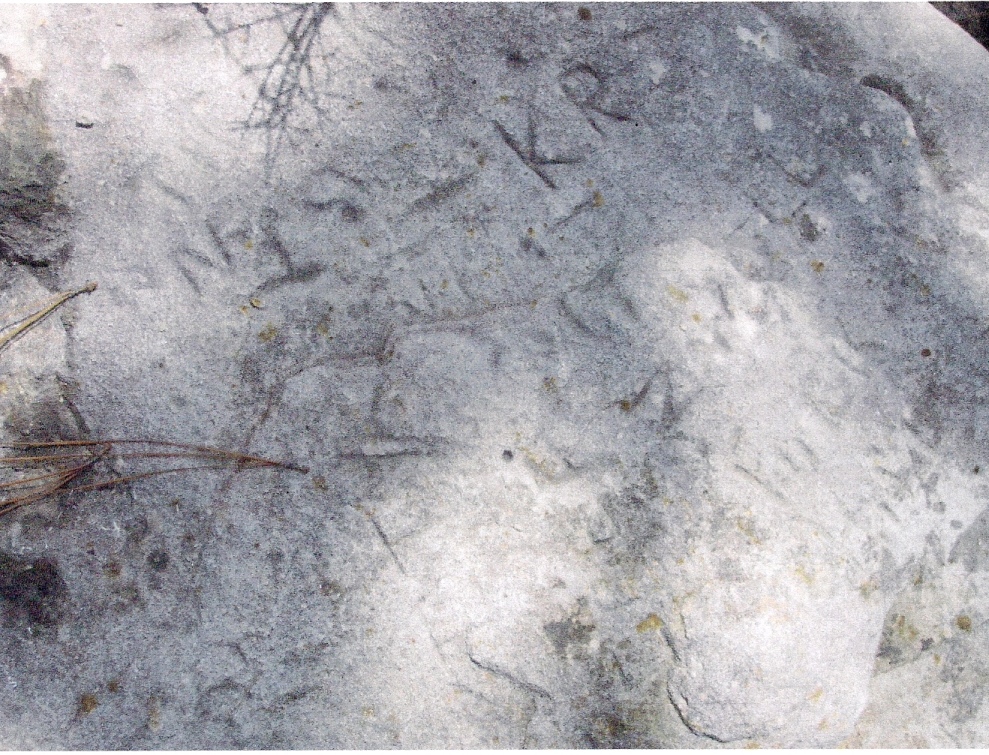
One large rock has many names, initials, and dates scratched into it from the days of the Vietnam training at the Big Rock Hill. (Robertson Collection)
